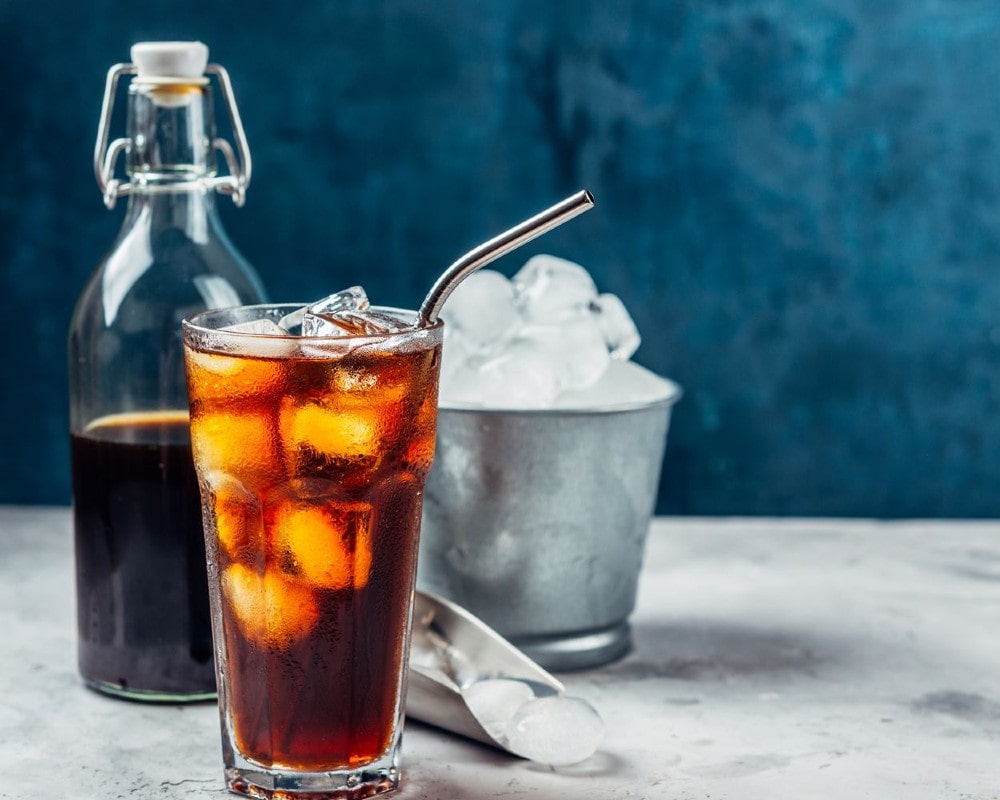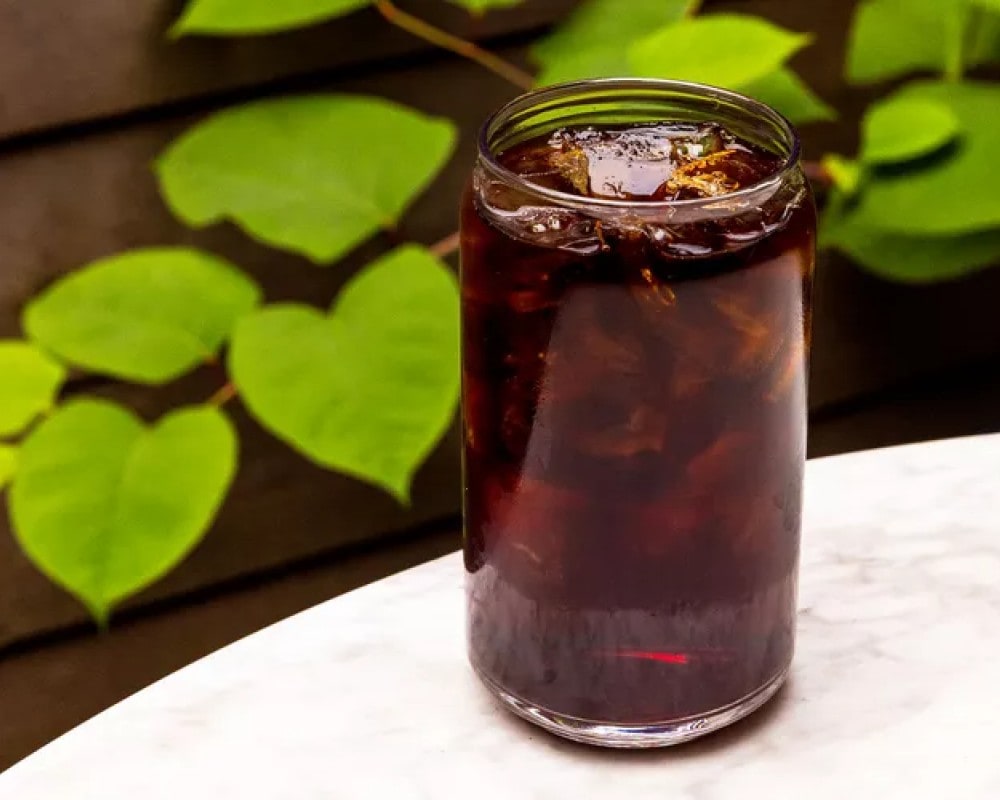
In a transformative moment around 2015, cold brew coffee shifted from obscurity to coffee shop ubiquity, reshaping the caffeine landscape. The preference for regular iced coffee now feels less than fashionable amidst the cold brew craze. Today, this haute caffeine trend of cold brew dominates menus and store shelves, sparking curiosity about its distinction from iced coffee. Let’s demystify the two and uncover their differences.
Cold Brew – A Slow Infusion

Cold brew, a term that’s not entirely accurate, could be better labeled as ‘cold steep’ or ‘cold infusion.’ In reality, cold brew doesn’t involve the traditional brewing process associated with hot water. Instead, coffee grounds are steeped in cold or room-temperature water for an extended period, ranging from 12-24 hours. Whether in specialized cold brew makers or a container with free-floating grounds, the slow extraction allows flavors and essential oils to gently unfold. Though commonly associated with coffee, this technique historically traces back to tea preparation, resulting in delicate, aromatic flavors.
Iced Coffee – Swift Brewing Over Ice

Iced coffee mirrors the hot coffee brewing process, in which grounds are swiftly brewed with hot water, resulting in quick flavor extraction. According to Jera Corbin, lead at Dawn Coffee in Nashville, iced coffee is all about just brewing your regular hot coffee, but over ice. This method involves pouring hot water over coffee grounds, which bloom and release flavors rapidly, producing coffee in no time. Given its simplicity and mild taste, iced coffee serves as a versatile base for experimenting with syrups or innovative Vietnamese-inspired coconut iced coffee.
The Flavor Distinction
As Corbin notes, cold brew has a bolder flavor than iced coffee since the brewing process is longer. While iced coffee is typically milder in taste, the intense essence of cold brew often calls for dilution with water to achieve balance. Its robustness and velvety texture contrast with the lighter consistency of iced coffee. Corbin adds that cold brews are often enjoyed black, while iced coffees tend to be paired with cream and sugar, depending on personal preferences.
Grounds and Caffeine
Corbin explains that you need your coffee to be ground on a very coarse setting for cold brew coffee, while the opposite is true for iced coffee. Cold brew’s lengthier brewing period demands coarser grounds to prevent overpowering flavors. Interestingly, the same type of coffee, typically dark or medium roast, suits both cold brew and iced coffee. Regarding caffeine content, cold brew takes the lead due to its higher coffee-to-water ratio. The method’s slower infusion enables greater caffeine extraction.